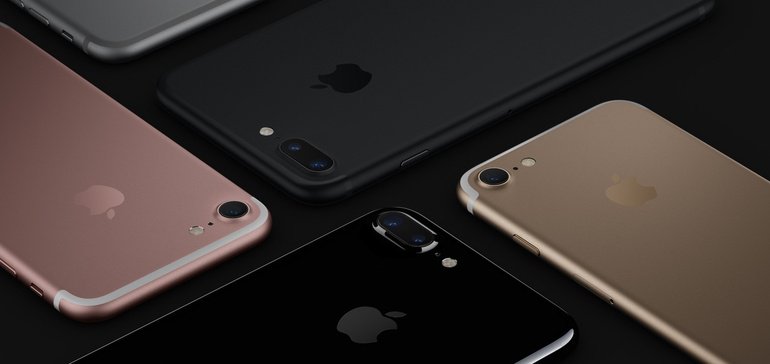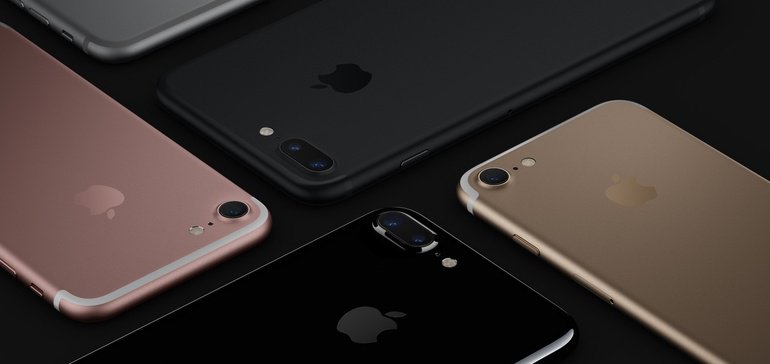
Brief
Brief:
-
Apple will mass-produce its first augmented reality (AR) headset as soon as the fourth quarter of this year, Ming-Chi Kuo, an analyst with KGI Securities, said in a report cited by 9to5Mac. The first generation of glasses will display digital images on a real background seen through its lenses, while the processing power, internet connection and location services will come from an iPhone.
-
Kuo cautioned that the AR headset will, at the latest, be mass-produced by the second quarter of next year. That forecast lines up with a report 16 months ago by Bloomberg News that predicted Apple could ship a product as early as next year.
-
Kuo has a reputation for accurately predicting Apple products, and in August said the tech giant may introduce an Apple Car by 2023 to 2025, according to Business Insider. However, Apple last month laid off 190 employees in its self-driving car division, as falling iPhone sales compelled the company to reconsider its priorities.
Insight:
Apple’s development of an AR headset could have a variety of possible marketing applications, including geolocated promotions that help wearers navigate their way to nearby stores and more immersive product demonstrations for shoppers. Worldwide spending on AR — and its more immersive cousin, virtual reality (VR) — was forecast to grow 68.8% to about $20.4 billion last year, according to International Data Corporation estimates. The retail industry was projected to spend $1.56 billion on AR/VR, making it one of the biggest supporters of the new technologies.
Unconfirmed reports for years have hinted that Apple was developing an AR headset. Creating another hardware product has become more important for the tech giant as iPhone sales decline in countries like China, where lower-cost smartphones have quickly gained market share.
Apple was also a latecomer to the smart-speaker market, missing out on a billion-dollar opportunity that Amazon and Google have dominated in the budding market for smart-home devices. The company doesn’t want to repeat that mistake with AR headsets. Apple last year acquired Akonia Holographics to gain control of the startup’s “HoloMirror” technology that allows for “thin, transparent smart glass lenses that display vibrant, full-color, wide field-of-view images.”
The consumer market for AR headsets has expanded in fits and starts over the years. Apple’s main competitor in mobile operating systems, Google, ended its Glass Explorer program in 2015, but later relaunched the product as Glass Enterprise Edition for workplace uses. Microsoft and Magic Leap have touted the capabilities of their latest AR headsets, although their high-priced models are aimed at enterprises and developers. Consumer versions of AR headsets also are in development, as the prototypes of Focals by North, Project Aurora and Nreal Light demonstrated at CES 2019.
Apple CEO Tim Cook for the past couple of years has touted AR technology, even saying it’s a “big idea like the smartphone” that will transform the daily lives of people. AR became popularized in 2016 with the rollout of mobile game Pokémon Go that compelled players to explore their real surroundings as they used their smartphones to collect geolocated virtual objects. Apple a year later introduced ARKit, a software development toolbox to help companies including retailers and marketers to create AR-powered apps. Apple even included home-furnishing retailer Ikea, personal finance app MoneyLion, quartz producer Cambria and Major League Baseball in its first public demonstrations of apps built with ARKit.

